KaosenlaRed/25 de junio de 2016
En razón de la inauguración de las nuevas esclusas del Canal, muy poco se ha dicho de la contribución y del esfuerzo de los miles de obreros de la construcción, cuyas manos siguen erigiendo las obras que asombran al mundo, a pesar de que muchas veces son menospreciados y hasta vilipendiados por sus luchas por parte de los grandes medios de comunicación y la clase dominante.
Se exaltan los nombres de los gobernantes pasados y presente, de los directivos de la ACP, de los altos funcionarios y de las tradicionales familias oligárquicas. Muy poco de las luchas del pueblo y los trabajadores. Le llaman el “Canal de Todos”, pero amplios sectores de la sociedad así no lo perciben. Es en verdad, la fiesta de pocos.
Salud y Seguridad
Aún cuando SUNTRACS se opuso al proyecto de ampliación como parte de FRENADESO, con argumentos fundamentados que nadie refutó durante el proceso de referéndum, la concreción del proyectó obligó al SUNTRACS a velar por los intereses laborales de los obreros allí contratados, entre ellos su seguridad. Es parte del desarrollo del capitalismo, donde el papel del sindicato es impulsar la lucha por mejores condiciones de trabajo y de vida de los trabajadores, independientemente de la opinión que tengamos sobre los proyectos que se desarrollan o ejecutan, al margen de nuestra voluntad.
En primer lugar queremos resaltar el tema de seguridad laboral. La presencia del SUNTRACS fue fundamental y así fue reconocido por ingenieros y altos funcionarios del consorcio que llevó adelante la obra. Durante el canal francés, hay quienes cifran el número de muertos en 40 mil y la etapa del canal por los norteamericanos en más de 25 mil. Una de las obras a nivel mundial que más muertos ha producido en la historia.

Obviamente, no hay comparación posible con esas épocas. Las condiciones y relaciones de trabajo (prácticamente de esclavitud en aquellos años), la situación sanitaria, las enfermedades, el tema de seguridad, los avances tecnológicos, etc., difieren de aquella realidad.
En las obras de ampliación, en nueve años murieron nueve obreros, un promedio de un muerto por año. Esta cifra es ínfima si lo comparamos con la que en secreto estimó el consorcio, hasta 200 muertos. Sin la presencia del SUNTRACS y su esfuerzo por garantizar el cumplimiento de las medidas y normas de seguridad esto no hubiese sido posible. Pero, fueron nueves vidas valiosas que se fueron y que aún lloran sus familias humildes. Estos son los verdaderos héroes de la ampliación y no han sido reconocidos así, toda una injusticia. Como diría el canta autor uruguayo, Jorge Drexler: “Una vida lo que un sol Vale / Toda la gloria es nada / Toda vida es sagrada.”
Pero, además, es de resaltar el hecho de que a días de inaugurarse las nuevas esclusas aún muchos de los obreros incapacitados por lesiones durante las obras de ampliación, casi cien, no han cobrado sus prestaciones laborales en la Caja de Seguro Social. ¿Es el Canal de Todos? SUNTRACS no desmayará en su esfuerzo porque se haga justicia a estos panameños, una historia excluida de los programas que difunden los grandes medios de comunicación en su cobertura de la fiesta de pocos.
La mujer trabajadora
Otro hecho importante que también pasa desapercibido en la cobertura mediática es el hecho que en la ampliación laboraron alrededor de mil mujeres, siendo la obra de construcción con mayor contratación de mano de obra femenina, la mayoría colonense.
Inicialmente hubo reticencia del consorcio en contratar mujeres. Habían dudas acerca de su productividad y destreza. Gracias a la gestiones del SUNTRACS se logró finalmente la contratación de muchas de ellas, sin casi ninguna experiencia en estos oficios. El consorcio reconoció su equivocación. Las mujeres trabajaron a la par de los hombres. La mayoría madres solteras que eran el único sustento de sus hogares. Con los salarios que devengaban cada quincena, acrecentados con las horas extras, muchas mejoraron sus viviendas, sus condiciones de vida y la de sus hijos y ganaron la experiencia que las hacen aptas para ser contratadas en otros proyectos de construcción.
Esta historia de abnegación y de trabajo de humildes mujeres panameñas tampoco se resalta en la cobertura de los medios y de la ACP sobre la ampliación.
Los salarios
Por último, es indispensable resaltar las luchas y huelgas realizadas por SUNTRACS en el proyecto que se inaugura. Gracias a ello, se mejoraron las condiciones de trabajo en el mega proyecto, así como las medidas de seguridad y un aumento salarial que queda como base para proyectos especiales que por su magnitud, complejidad y grado de inversión representan mayores riesgos y exigencias para los obreros de la construcción.
Esta es la historia no contada por los grandes medios y la ACP en la inauguración de las nuevas esclusas del Canal. Una historia escrita por obreros.
Tomado de: http://kaosenlared.net/panama-la-historia-no-contada-en-la-ampliacion-del-canal/
Imagen:
https://www.google.com/search?q=La+historia+no+contada+en+la+ampliaci%C3%B3n+del+Canal&source=lnms&tbm=isch&sa=X&ved=0ahUKEwj4rsiI3MPNAhWIHh4KHXzVDRoQ_AUICSgC&biw=1366&bih=623#imgrc=FWkBzkOufswoxM%3A
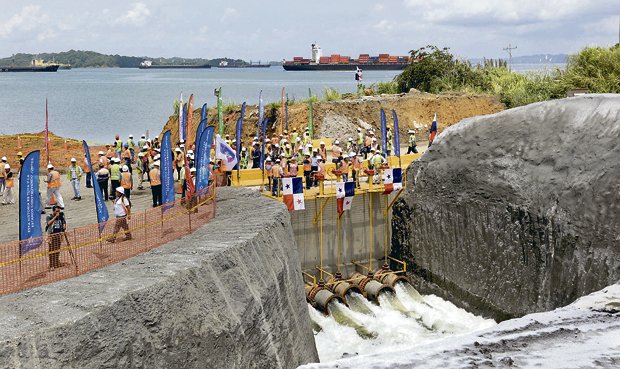
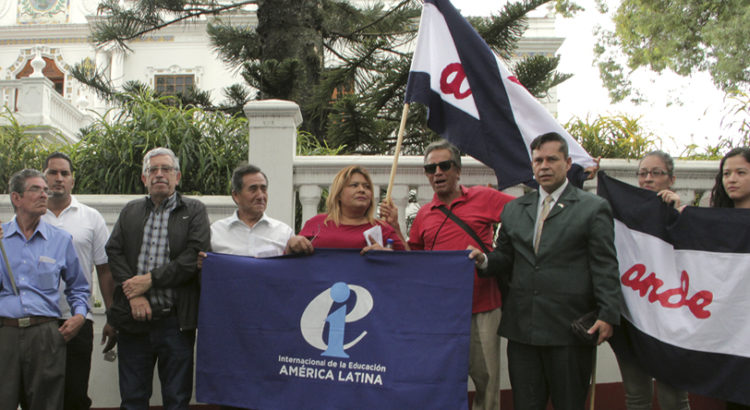
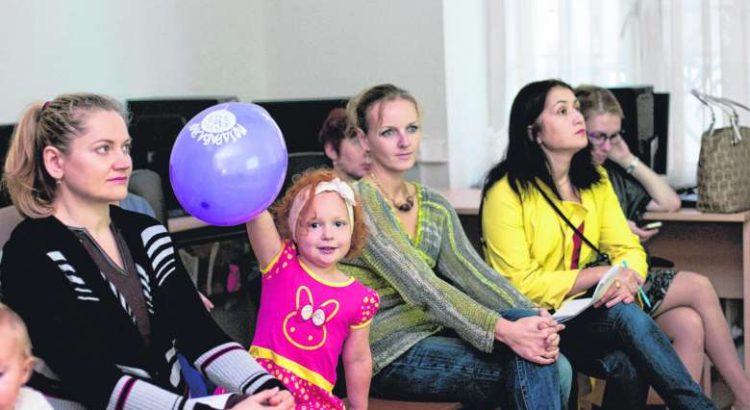
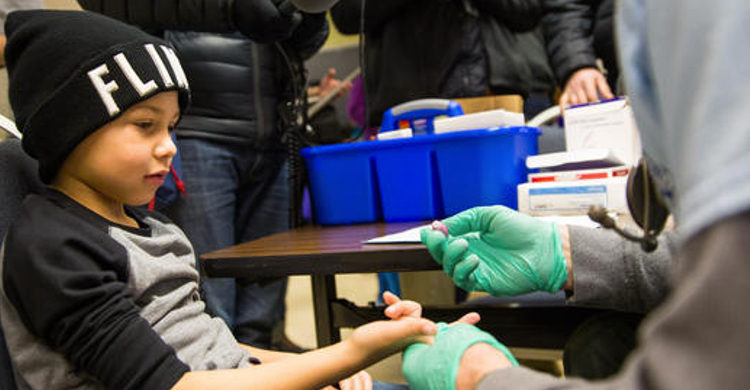

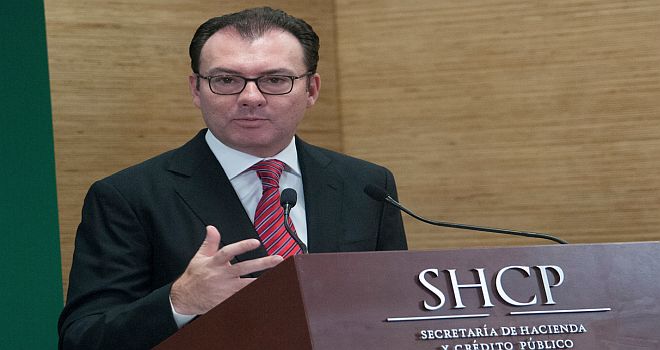







 Users Today : 39
Users Today : 39 Total Users : 35423415
Total Users : 35423415 Views Today : 42
Views Today : 42 Total views : 3358616
Total views : 3358616